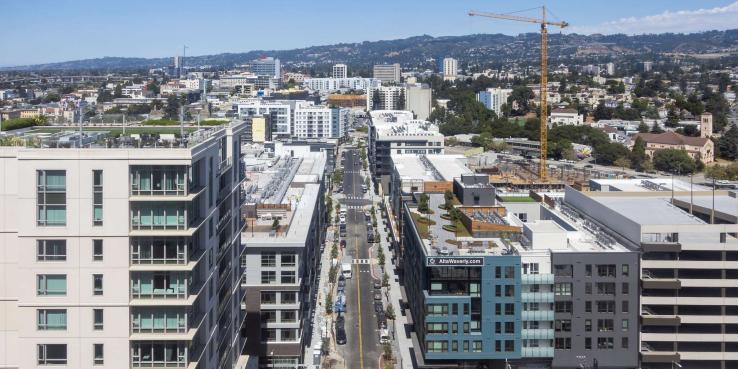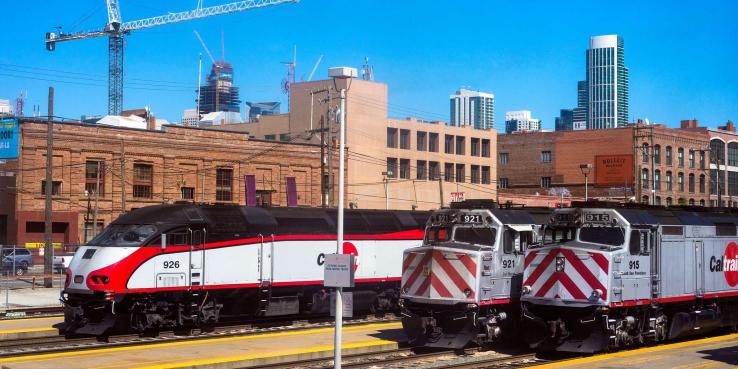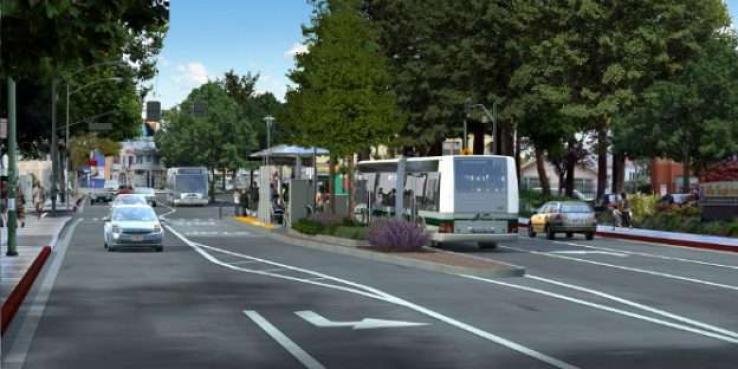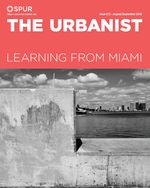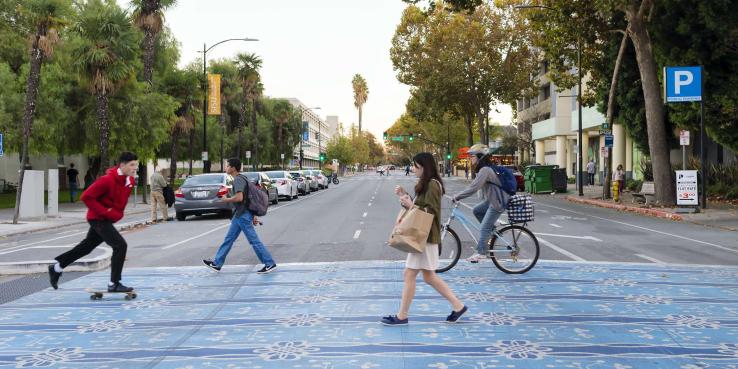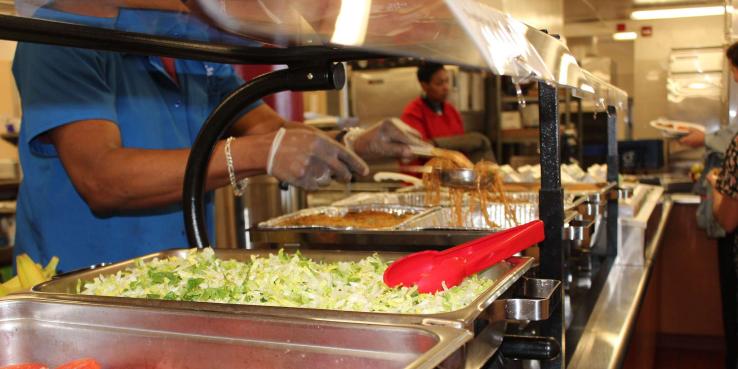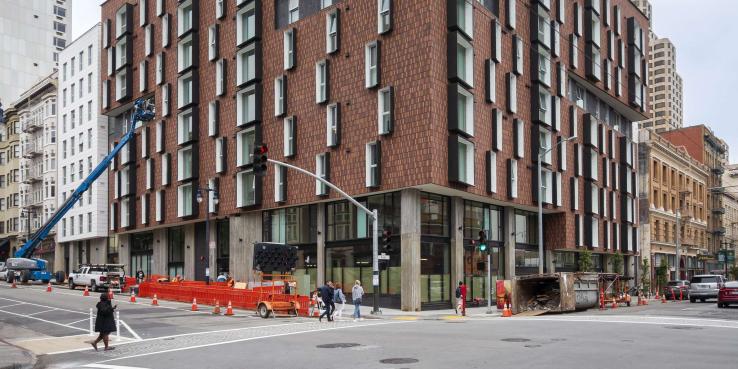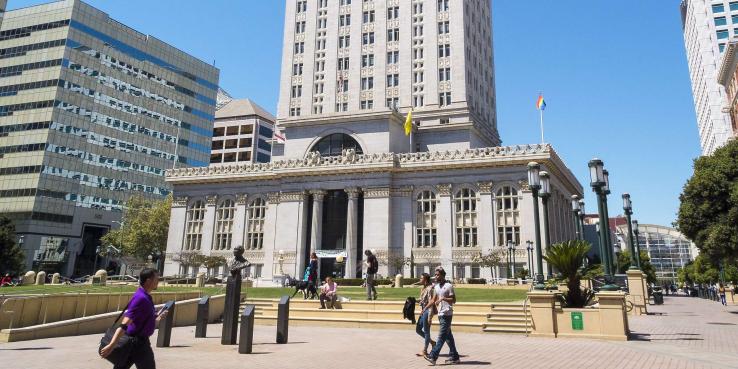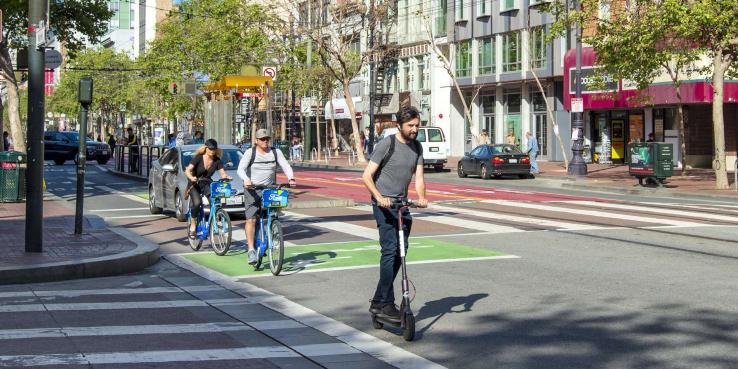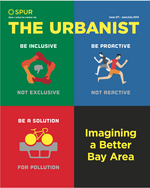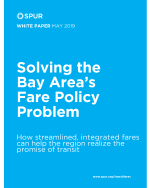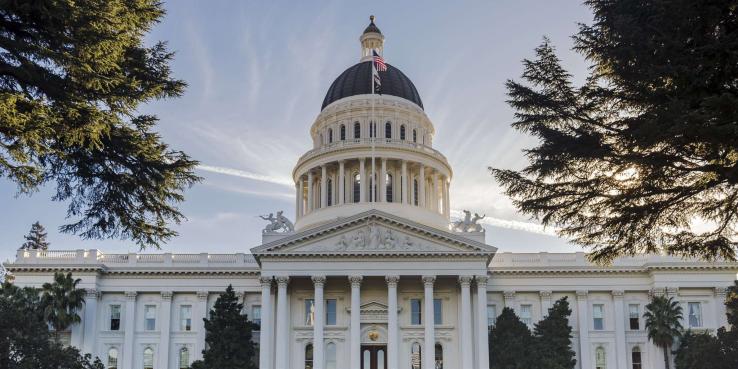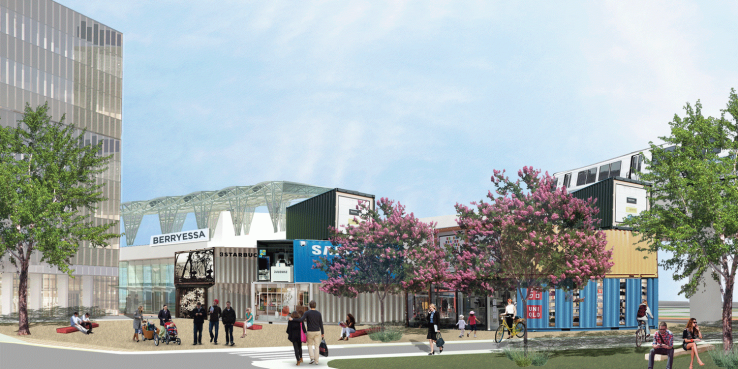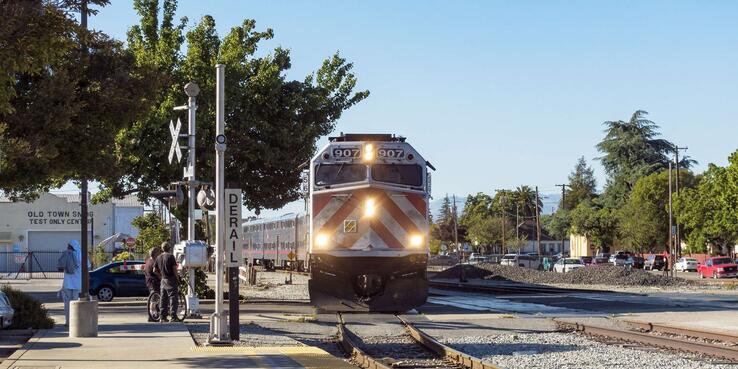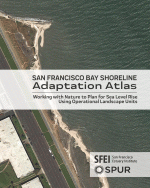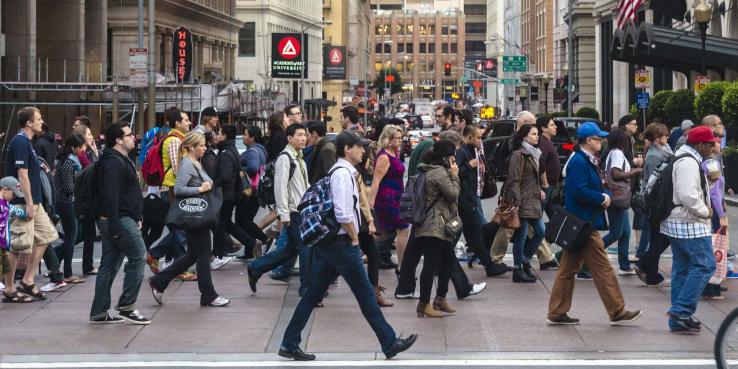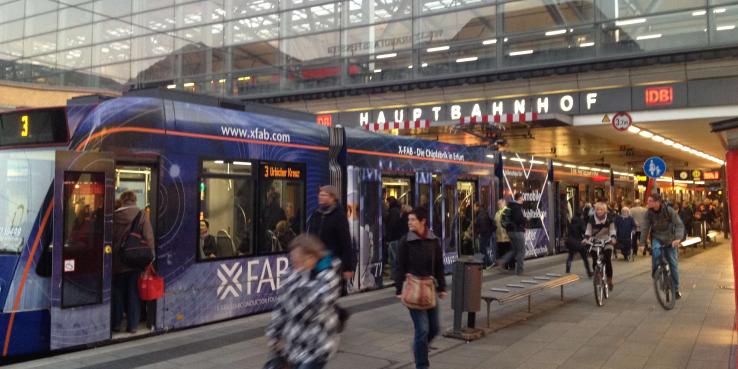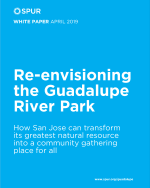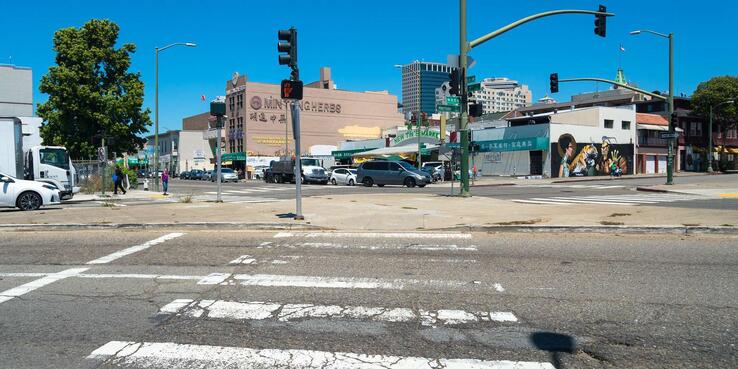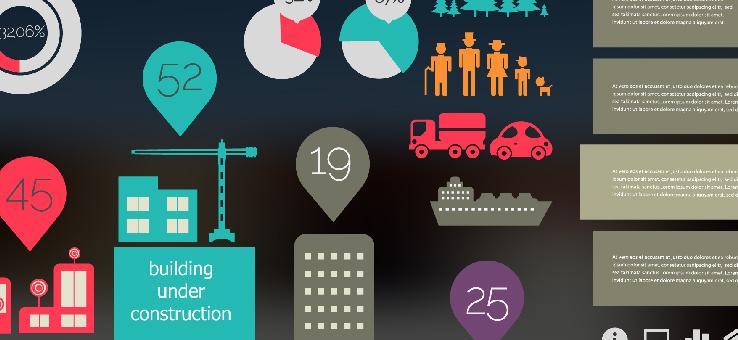
How Oakland’s Housing Boom Can Help Prevent Displacement
News / Oakland’s annual rent increase has slowed dramatically as the amount of new housing has skyrocketed. Some developers are even offering free rent to lure prospective tenants. This is welcome news for renters who can afford market-rate rents, but the benefits are not limited to them. New research demonstrates that construction of market-rate housing can have positive effects for those who already live in the neighborhood.
$30 Million in Soda Tax Revenue: What Will It Fund in San Francisco and Oakland?
News / San Francisco and Oakland will spend a combined $29.5 million in soda taxes this year. Now that elected officials have passed budgets in both cities, we can answer two questions: How do both cities plan to spend the revenue? And have San Francisco and Oakland followed the recommendations of their respective soda tax advisory committees?
It’s Time to Think Bigger About the Future of Caltrain
News / As Silicon Valley’s economy and population grow, the Peninsula is in dire need of transportation solutions. Caltrain has the potential to provide frequent, all-day transit service that could greatly reduce driving and serve more people. To deliver on this service vision, Caltrain must also develop a bigger organizational vision. One that enables it to meet the needs — and challenges — of the future.
What Will It Take to Deliver Bus Rapid Transit in the Bay Area?
News / Bus rapid transit has been delivering better transportation options in cities around the world for 20 years — but it’s still a work in progress in the Bay Area. O nly one BRT project has been built here, and others have encountered significant hurdles. What will it take to deliver BRT in the Bay Area?
Updating San Jose’s Urban Vision
News / Every four years, the City of San Jose reviews and updates selected elements of its general plan, Envision San Jose 2040. Since the last review in 2015, the city has seen incredible demand for development, which requires the community to think comprehensively when it comes to this year's update. SPUR supports the items the city proposes to focus on and suggests additional items to consider.
How Are San Francisco Schools Doing on Their Commitment to Better Food?
News / In 2016 the San Francisco Unified School District adopted the Good Food Purchasing Policy, setting criteria and goals for sourcing food ethically, providing healthy options and honoring fair labor practices . Recently , Student Nutrition Services Director Jennifer LeBarre came to SPUR to give an update on how the district is doing on meeting its goals.
How Has San Francisco Done on Addressing Housing and Homelessness?
News / Just before San Francisco’s 2018 mayoral election, SPUR released San Francisco’s Next Mayor: A Blueprint for Change , a policy agenda for the city's next leader. One year later, we took a look back at the progress that Mayor Breed and the Board of Supervisors have made toward those recommendations, specifically on housing and homelessness.
Time to Rethink How Oakland Passes Budgets
News / July marked the beginning of the new fiscal year for the City of Oakland, and with it the end of a rancorous two-month-long adoption process for a new two-year budget. Without a city controller to establish a common set of financial facts , the debate in Oakland is not only over which priorities to fund but whose numbers to believe.
Scooters, Bikes and Buses: Reclaiming Pilot Projects for the Public Good
News / Hidden beneath the buzz over new transportation technologies is a quiet revolution in the way cities manage their streets. In the face of rapid change, public agencies are increasingly relying on pilot programs to introduce new modes of transportation and new uses of streets. Yet pilots are too often focused on responding to technology trends. It’s time they evolved to focus on cities and people.
Solving the Bay Area’s Fare Policy Problem
Policy Brief Each of the Bay Area’s transit operators sets its own policy for determining the fares it will charge. This creates customer confusion, inhibits people from using more than one transit service and undermines the investments the region is making in new infrastructure and technology. SPUR offers recommendations for how operators can streamline and integrate their fares to help the region realize the promise of transit.
What’s Next for Housing Now That SB 50 Has Been Deferred to 2020?
News / Earlier this month, controversial state zoning bill SB 50 was denied a committee hearing , meaning the state legislature won't pass it in 2019. But the push to increase housing supply goes on. Quite a number of other housing bills are still under consideration, and SPUR is supporting many of them.
Policy Proposal: Jump-Start Development Near Transit with Temporary TOD
News / The passage of Assembly Bill 2923 means Bay Area cities must change their zoning to accommodate development on land that BART owns around its stations. Long-term plans for building housing will take time. In the short term, u sing the methods of tactical urbanism could give development near stations a jump start while allowing them to grow and change over time.
The Case for Increased Rail Service in South Santa Clara County
News / Multiple commuter and passenger rail projects are in the works in the South Bay, but most of them target just a few travel corridors. Left behind are many areas with more limited transit options and a high dependence on automobiles. One of them is South Santa Clara County, where the opportunity to expand Caltrain service could greatly improve commute times and reduce carbon emissions.
San Francisco Bay Shoreline Adaptation Atlas
SPUR Report As the climate continues to change, communities will need to adapt the San Francisco Bay shoreline to rising sea levels. But the Bay’s varied landscapes and overlapping jurisdictions make a coordinated response challenging. The San Francisco Bay Shoreline Adaptation Atlas proposes a new regional planning framework by dividing the 400-mile Bay shoreline into 30 distinct geographic areas that share common physical characteristics and adaptation strategies.
We All Deserve to Be Counted: The Importance of the 2020 Census
News / The 10-year census is a profound expression of who our nation is and who deserves to be included in our political systems and public services. With the 2020 census less than a year away, SPUR is hosting a series of events to look at ongoing local strategies to make sure everyone in the Bay Area gets counted.
My Rider Is Your Rider: What the Bay Area Can Learn from Germany’s Collaborative Transit Planning
News / In cities and regions across Germany, dozens of transit operators work together to provide riders with one simple and convenient transit system that is competitive with driving for many trips. It’s a far cry from the Bay Area, where transit services all have separate fares, schedules and maps. How were Germany’s cities able to align multiple operators into one seamless system?
Re-Envisioning the Guadalupe River Park
Research From New York City’s High Line to Atlanta’s BeltLine, communities across the country are transforming underutilized infrastructure into engaging public spaces. Building on this national momentum, SPUR has launched a project to reconsider the Guadalupe River Park, an underappreciated gem in downtown San Jose.
The Politics of Potholes in Oakland: Fairness, Equity, City Budgets and the Public Good
News / In recent weeks the Oakland Department of Transportation has begun publicizing its new $100 million, three-year paving plan. Ordinarily a plan that triples annual spending would meet with universal acclaim. But this plan — which incorporates equity in deciding how to spend money on paving streets — has some parts of town happy and other parts up in arms.
